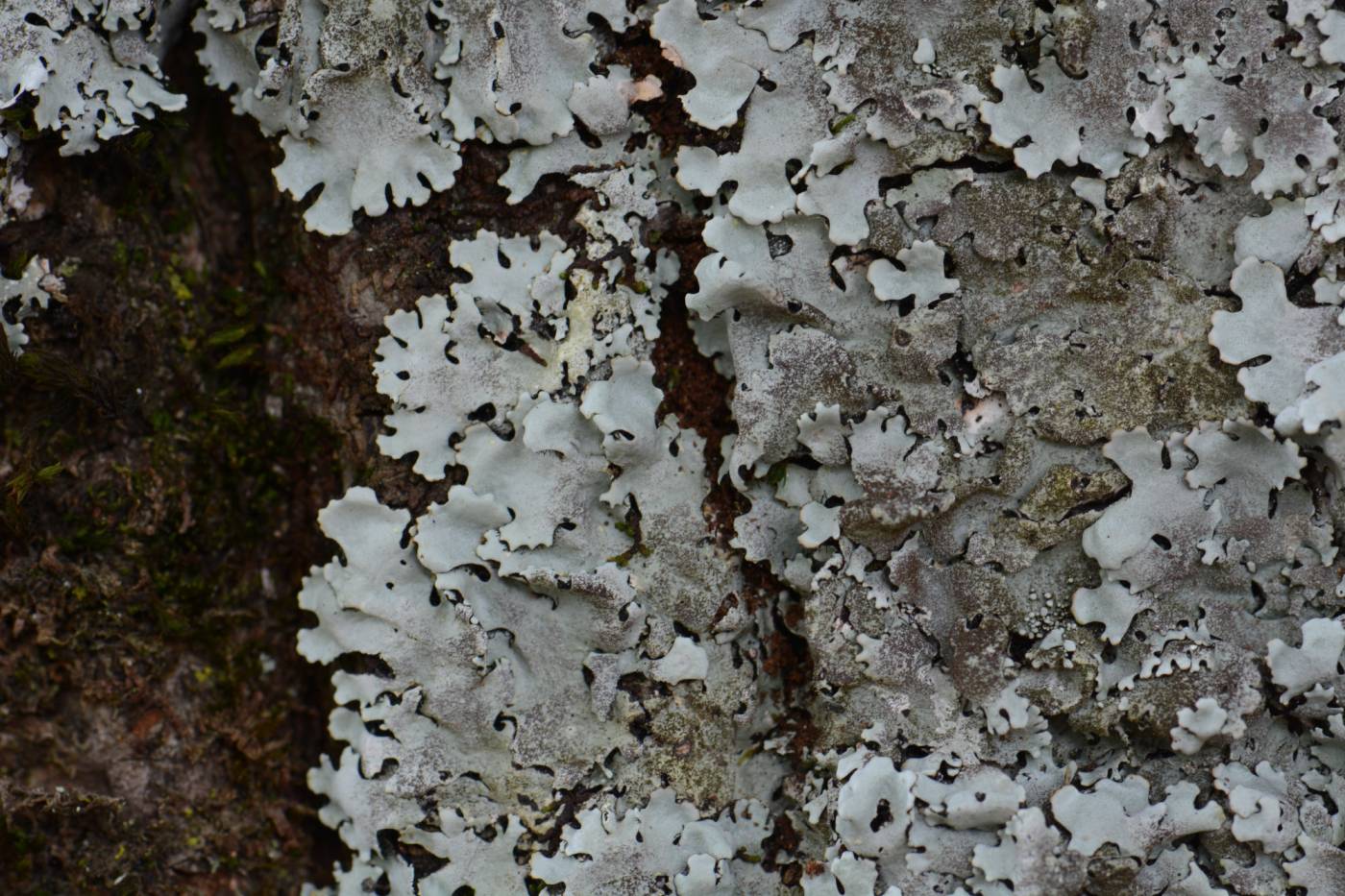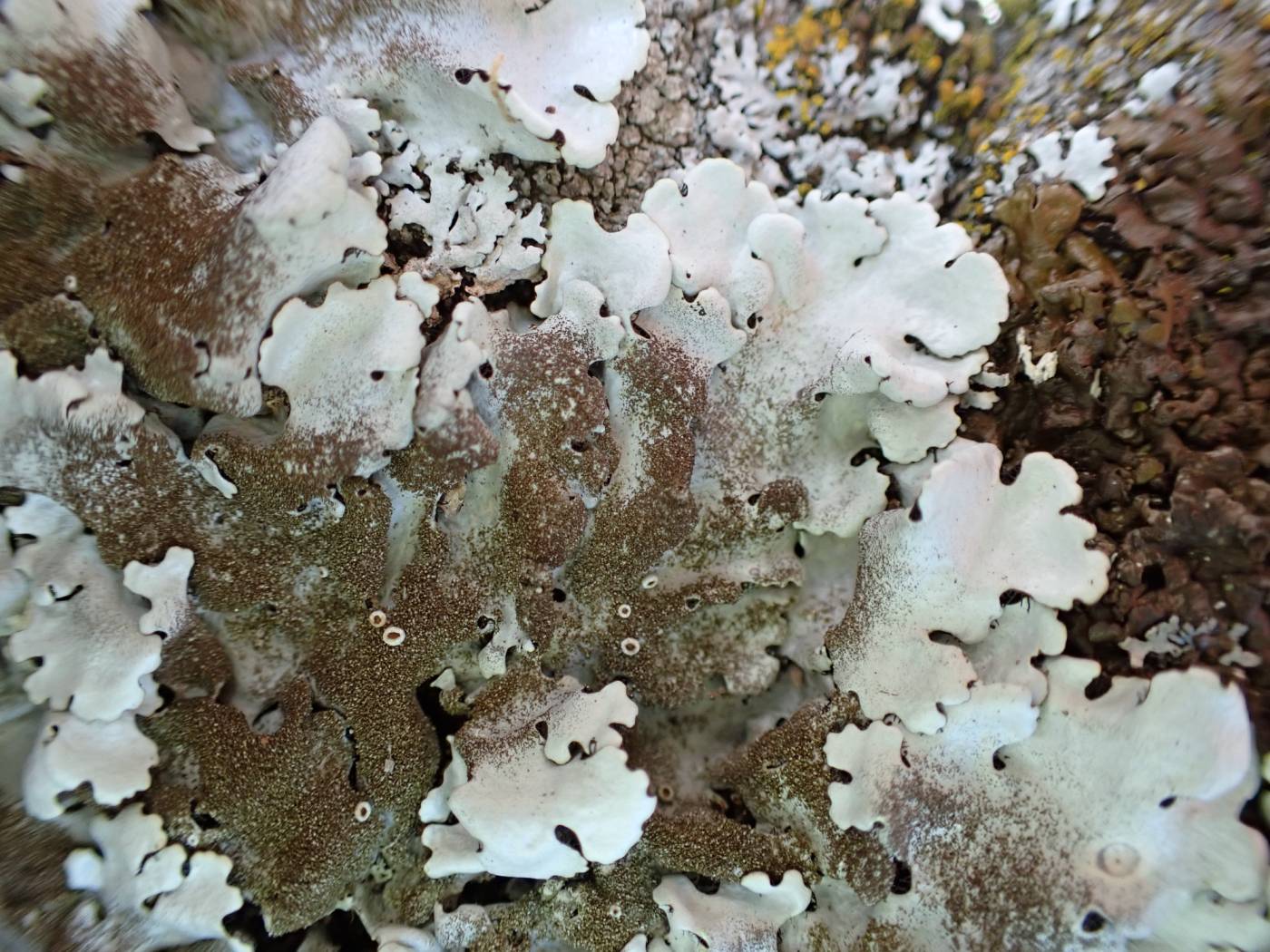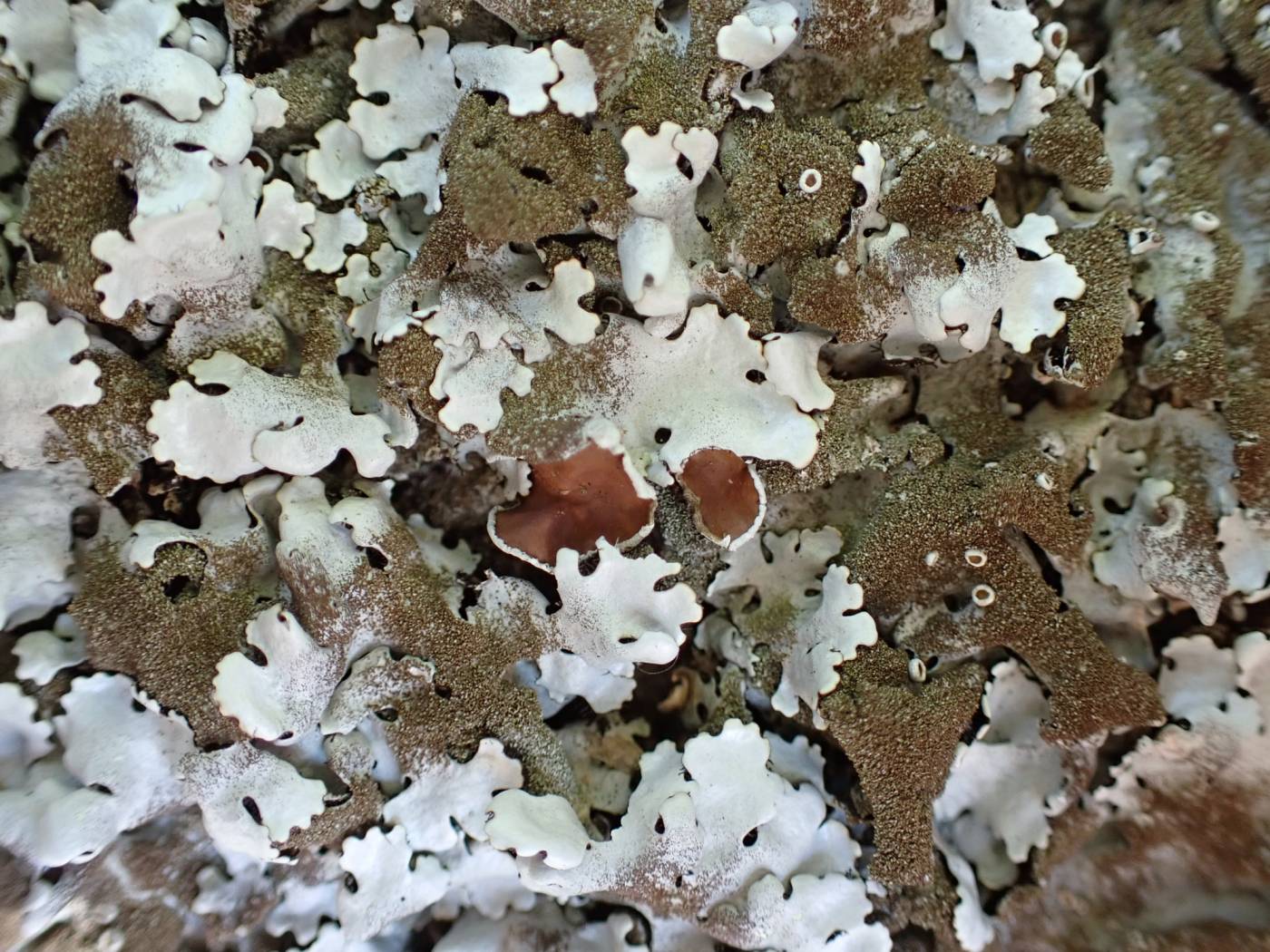The most abundant member of the Parmelina genus in the Czech Republic, distributed sparsely across the country, from lowlands to mountains. The species is characterized by the presence of grey to brownish, not flattened isidia in the central part of thallus. It is usually found on bark of deciduous trees (especially sycamore, ash and elm) in slightly eutrophicated well-lit habitats, such as on solitary trees, in avenues, parks and villages. Less often, it grows also on enriched siliceous rocks and on wood. Its range covers Eurasia and Africa.
In less elevated parts of the Czech Republic, a cryptical species recently described from Spain, P. cryptotiliacea, could theoretically occur. It is morphologically distinguishable from P. tiliacea in the fertile stage, otherwise only by molecular methods (Núñez-Zapata et al. 2011).
Literature: Liška J., Palice Z., Dětinský R. & Vondrák J. (2006): Changes in distribution of rare and threatened lichens in the Czech Republic II. – In: Lackovičová A., Guttová A., Lisická E. & Lizoň P. [eds], Central European lichens – diversity and threat, p. 241–258, Mycotaxon Ltd., Ithaca. Núñez-Zapata J., Divakar P. K., Del-Prado R., Cubas P., Hawksworth D. L. & Crespo A. (2011): Conundrums in species concepts: the discovery of a new cryptic species segregated from Parmelina tiliacea (Ascomycota: Parmeliaceae). – Lichenologist 43: 603–616.
taxonomic classification:Ascomycota → Lecanoromycetes → Lecanorales → Parmeliaceae → Parmelina
Red List (Liška & Palice 2010):NT – near threatened
Occurrence in the Czech Republic
All records: 267, confirmed 149. One click on a selected square displays particular record(s), including their source(s).


